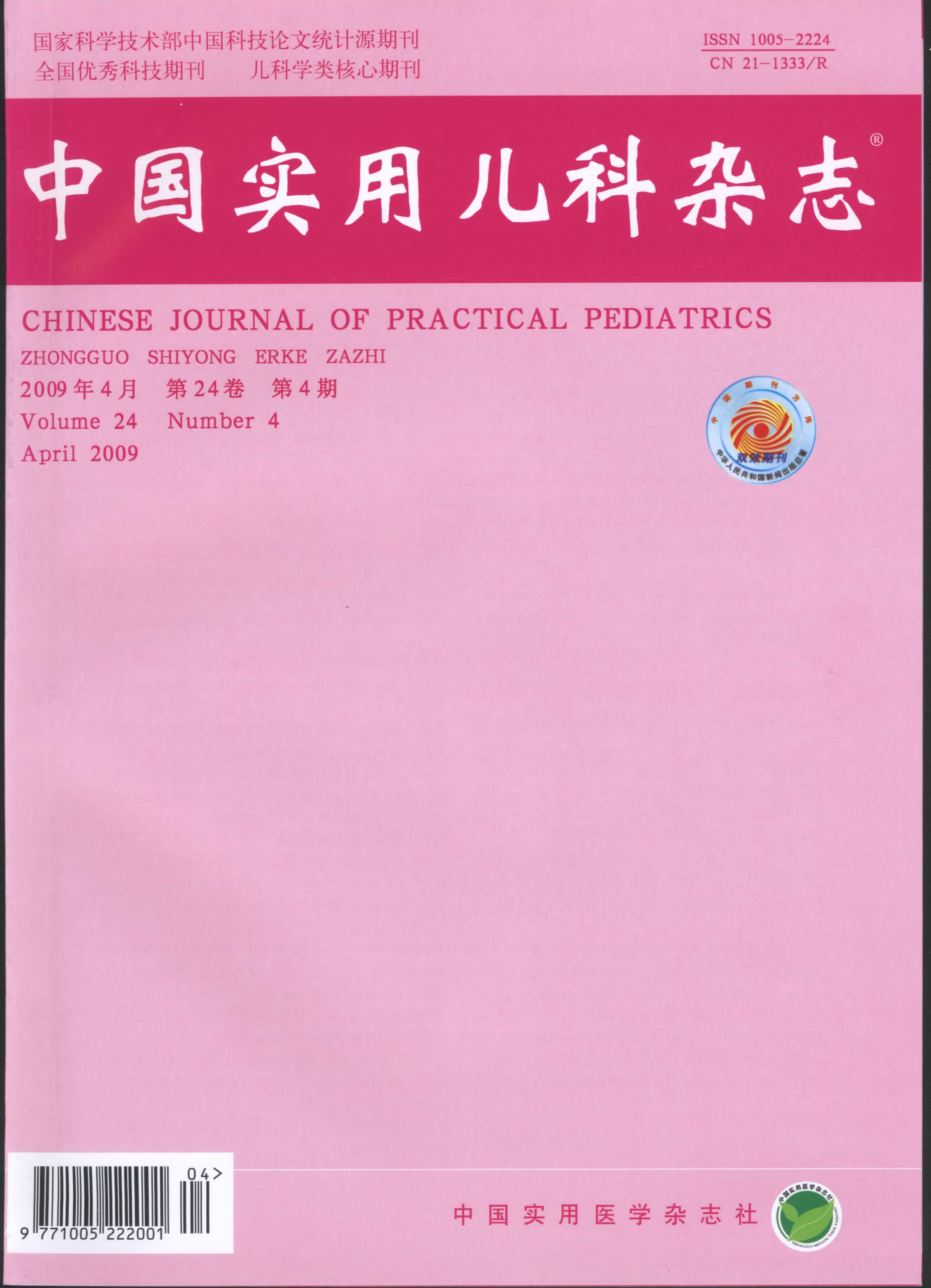Abstract:Objective In order to reduce misdiagnosis of idiopathic interstitial pneumonia (IIP) in children we summarized the etiology, clinical characteristics, treatment and follow-up results of 18 cases. Method The clinical epidemic investigations were used in our present study. A retrospective analysis was made on the pediatric patient's clinical materials,who were diagnosed with IIP. Some of the serum indexes were compared with those of 35 children who came to our hospital for physical examination. Results The etiology was unknown in these patients; we just found some background factors. The main symptoms were progressive dyspnea and dry cough; most of patients usually had no fever, but had weight loss, fatigue and poor appetite. Fine crackles could be heard on the base of bilateral lungs, accompanied with cyanosis and clubbed fingers. Prior to being admitted to the hospital, the patients were misdiagnosed with bronchopneumonia, asthma or pulmonary tuberculosis etc. Blood test showed that WBC was elevated, ESR was accelerated, CRP and LDH,TNF-αand IL-8 levels were increased,but α-AT decreased. X ray film indicated diffused infiltrating change and HRCT characterized by reticulate, honey comb and frosted change. Lung function test (>8 years) showed restrictive ventilation function impairment;blood gas analysis and monitoring showed persistent hypoxemia. The patients received systemic corticosteroid pulse therapy combined with intravenous gamma immunoglobulin, azithromycin taken orally, inhaled Fluticasone aerosol therapy and follow. Twelve cases clinically resolved, 3 cases died; there was no improvement in 3 case and they gave up treatment. Conclusion The etiology is uncertain in this cohort, and childhood IIP is easily misdiagnosed and under-diagnosed. The duration and degree of disease is prolonged. Most patients have persistency or recurrent symptoms. The key point of early diagnosis is clinical manifestations, laboratory test results and imaging studies. Although the treatment effect is not ideal in this cohort, combination therapy can improve symptoms in some patients. Pulmonary biopsy is very difficult to perform in the clinic.

